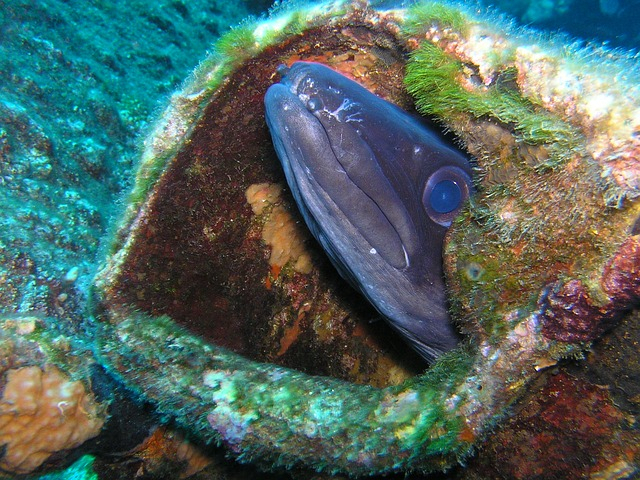
Earth is the home of many unknown and mysterious creatures, which are yet to be discovered. But recently the scientists have successfully found a new species of electric eel in the Amazon basin and as per the researchers, the DNA study has revealed that this newly found creature is capable of delivering a record-breaking shock. The creature is one of three species which now confirmed to exist for the last 250 years.
The recent findings showed the diversity of the Amazon forest which is the home of still unknown mysterious creatures. For this study, a team of researchers led by C. David de Santana, from the Smithsonian's National Museum of Natural History, examined over 100 fish collected across Greater Amazonia over recent years. The main focus of these researchers was to find out if it is indeed just one species.
It should be noted the newly found electric eel is not actually a true eel. It is actually a South American knifefish which can generate electricity and pushes through the water to shock prey and defend itself. There are other species which can create electricity but electric eel generates the biggest voltage which is around 650 volts.
In this study, published in Nature Communications, Santana and the team looked at the morphology of the electric eels which they selected and then performed DNA analysis as well as their geographical and ecological distributions.
Later, the researchers found three different species and named them as Electrophorus electricus, along, Electrophorus voltai and Electrophorus varii.
Among these three species, Electrophorus voltaic was found to produce the biggest shock of all, reaching 850 volt which is the biggest discharge produced by any bioelectrogenetic animal ever recorded. The team also found that each species has individualized skulls, pectoral fins and arrangement of pores across its body.
It should be noted that E. varii is generally found in Amazon basin lowlands, while E. electricus in the Guiana Shield and E. voltai tended to be found in the Brazilian Shield.
The study mentioned that three creatures split from a common ancestor. While E. varii split off from the same ancestor around 7.1 million years ago, E. voltai and E. electricus diverged about 3.6 million years ago, exactly during the Amazon River changed course.
Santana said in a statement that the discovery of the new species could provide an insight into a new system for electrogenesis. In addition, he mentioned that "It could really have different enzymes, different compounds that could be used in medicine or could inspire new technology."









